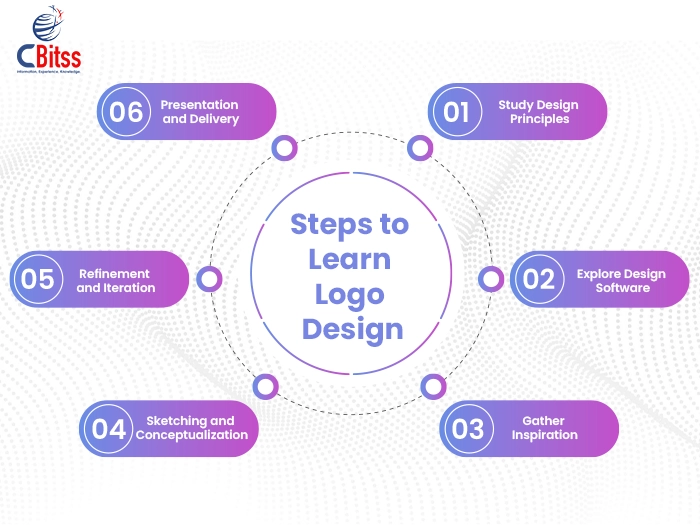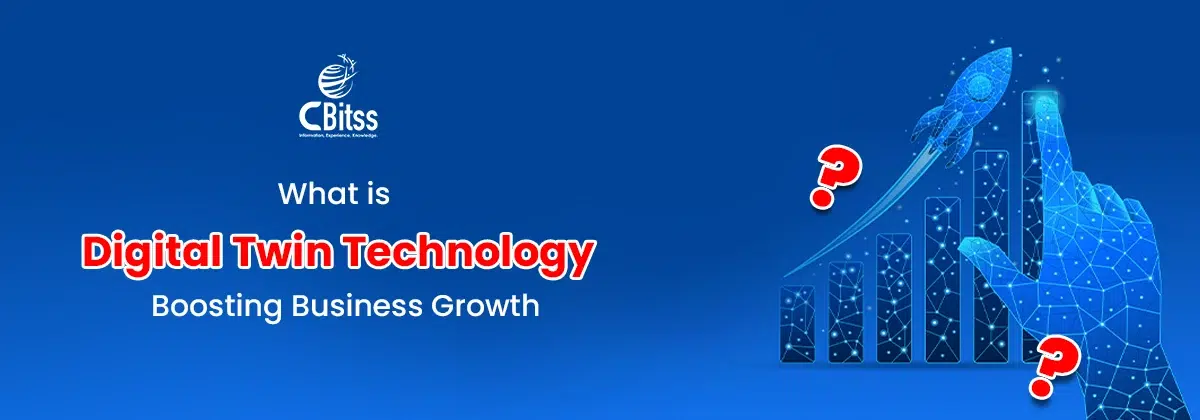Table of Contents
ToggleIntroduction
Logo design is a crucial step in branding and is concerned with the way information is displayed, whether spoken or written. This is the reason for the increased focus on the actual logo. It is a piece of iconic visual communication that will return the viewer’s glance and encapsulate the nature of the company, its values and personality in the best manner. No matter if you are a new graphic designer that is keen on trying out logo designing. Or a professional who wants to upgrade their skills, logo design is a wonderful process that makes you wiser and creative.
In this article we should also define the primary goals, strategies, and tools you need to follow in order to become a true logotype maestro.
The Fundamentals of Logo Design
Before diving into logo design, it’s crucial to understand the fundamental principles that govern effective design:
- Simplicity: The logo should be unique, easy to remember and not make any complex elaborate ideas that may be hard to grasp at a single glimpse. Stay away from redundancy and include only information that will add value to the general flow of the paper.
- Memorability: In many cases, a memorable logo remains inscribed in the surface of the viewers’ minds. Choosing a winning brand ensures that you create a unique life and brand to stand out of a sea of similar brands.
- Versatility: The logo should be highly adaptable in a range of formats and contexts, from being small and discreet on a business card to being large and eye-catching on a billboard.
- Relevance: Your choice of logo must identify with the brand it portrays the values, the mission and the utmost selling point of the brand.
Steps to Learn Logo Design

Study Design Principles:
Technology is here to help, and this should be known about basic principles such as design of typography, color, composition, and hierarchy. Review typical logos with the aim of identifying the pros and cons of the logos so as to establish why the logo is suitable or ineffective in passing the brand message. Also, explore new-age creative tools for graphics that help you build faster and smarter.
Explore Design Software:
For graphic design, learn to use particular programs like Adobe Illustrator, Adobe Photoshop, or CorelDRAW, among others. Try new tools in the toolbar, various adjustments and effects to draw shapes, work with texts, and more. Beginners can also enroll in a beginner logo design course to get guided instruction and practice sessions.
Gather Inspiration:
Sketching and Conceptualization:
Master creative design concepts and build unique brand identities with experts.
Refinement and Iteration:
Presentation and Delivery:
Print clean copies of your output and compile PowerPoint presentations to illustrate where and how your logo designs will be applied. Develop several designs that will be suitable to share with clients, together with an explanation for each design. Share the last logo files in different formats. Like vectors that can be utilized in a large scale, raster one if it will be implemented in the web space, according to the customers’ request.
Gain hands-on experience creating memorable and professional business logos.
Resources for Learning Logo Design
Conclusion
Logo design learning is a fun and enriching process that demands creativity, artistry, and stimulation. It is with the combination of good problem-solving skills. Designing logos at a basic level involves understanding design basics, scouting new techniques and tools. Then, drawing inspiration from a variety of sources to build a style of your own and get a good logo across to your target audience. Logo design jobs offer a rewarding experience with passion, practice, and dedication. It is so that Logo designers can build successful careers by designing the world’s most beautiful logos.
If you’re passionate about design and also considering multimedia, here’s how to become video editor and diversify your creative portfolio.
Explore your options wisely, because the future of branding is more visual than ever.

J. Julia Kamei is a professional content writer with 4+ years’ experience creating impactful content for clients in the USA, India, Canada, the UK, and Europe. An M.A. History graduate, she specializes in immigration, business, IT, digital marketing, AI, and Data Science. She also mentors students for international education and research.







